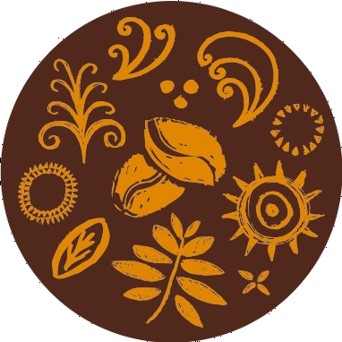Bruno Pietracci, president of The Coca-Cola Company’s South and East Africa business unit (SEABU), has outlined plans for an investment of $1bn in the region over the next five years. He has said that “Coca-Cola believes Africa will be a very important growth engine for the group in the next five to ten years,” both for the sparkling and clear drink markets.
The Coca-Cola Company’s South and East Africa business unit (SEABU )is based in Johannesburg and covers 18 countries in East Africa, the Horn of Africa region and Southern Africa. It is one of two sub-saharan African business units. The other is the West Africa Business unit (WABU). Overall, Coca-Cola plans to have invested $17bn in Africa between 2010 and 2020.
Speaking at the World Economic Forum (WEF) on Africa conference, Pietracci, who joined Coca-Cola from management consultants McKinsey, said the company plans invest in new brands, innovation, supporting then existing brand portfolio and capacity expansion.
Coca-Cola’s Southern and East Africa region is in the group’s top 10 regions globally by sales volume and profit. Pietracci also made note of two key trends: demand for plastic beverage bottle recycling and growing willingness of governments in Africa to tax sugar.
In South Africa, Coca-Cola has cut the sugar in its drinks by 26% since the government introduced a tax on sugary drinks in April 2018. The move almost halves the amount of additional tax added to a 500ml bottle of Coca-Cola as a result of the new sugar tax. In January 2017, Coca-Cola acquired popular South African carbonated apple juice brand Appletiser (the company had already owned a 50% stake since 1979). Crucially, the brand contains no added sugar. After the acquisition, plans to double production were announced.
The median age of the population across Africa is just 18, and will remain young through to 2050. By contrast it is 42 in Western Europe, 37 in North America, 31 in Asia, the Middle East and South America. The ongoing challenge for Coca-Cola is one of affordability: the consumer base is there, but even entry level products are still seen as expensive in most sub-Saharan African countries for the majority of consumers.
Although not in the SEABU region, in Nigeria, Coca-Cola has faced intense competition from cheaper, local rivals. There, Coca-Cola is up to 10% more expensive than Pepsi and up to 20% more expensive than leading me-too brands. Trendtype believes that in Nigeria specifically and across Africa more generally, Coca-Cola needs a refresh of its portfolio to give it more options away from carbonated soft drinks, and to provide entry level brands from which consumers can trade up to Coca-Cola. In Nigeria, Coca-Cola has done this, importing the Indian brand Limca, which it also owns. Outside the Southern Cone, Coca-Cola’ portfolio is still basically the main two brands Coca-Cola and Coca-Cola Zero.










